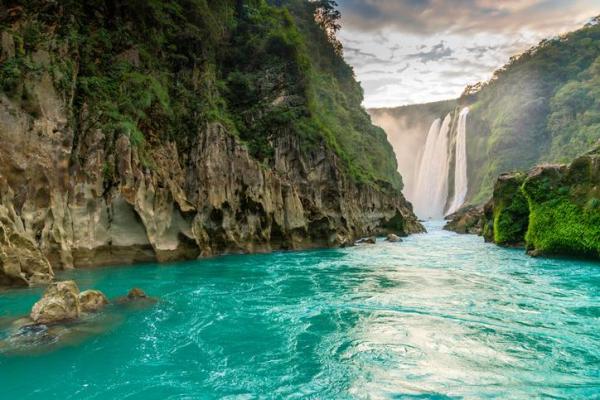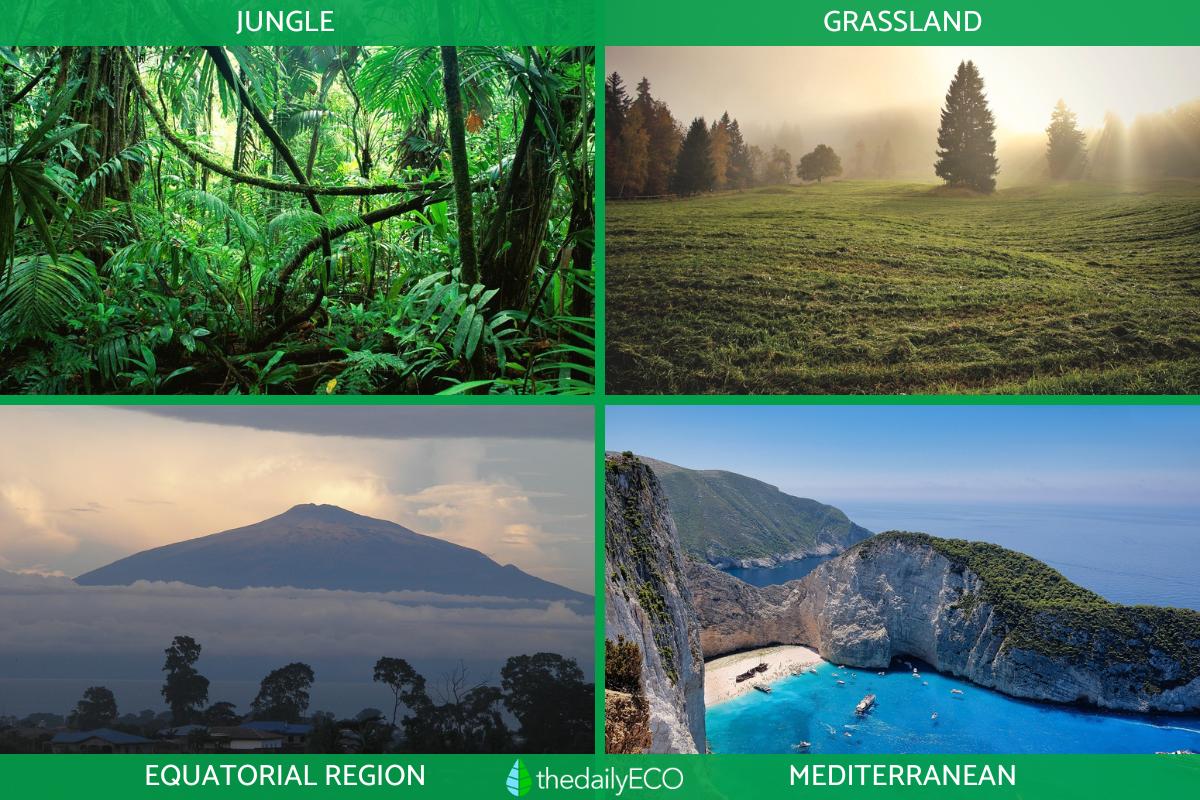Natural Regions - Definition and Examples


The enormous natural splendor of our planet is still being discovered, despite our best attempts to chart every last inch of the globe. In an attempt to understand how it works, cartographers, researchers and various scientists have had to rely on a range of categorizations. This includes to myriad species of flora and fauna, but it also involves the land itself. We rely on the various achievements of geography on a daily basis to navigate even our local areas, but this is thanks to knowing the characteristics and functions of various locations.
At thedailyECO, we help you to understand one system of land categorization by asking what are natural regions? We look at the definition of natural regions, as well as specific examples so you can have a good idea of what they are and why they are so important.
Definition of natural regions
Natural regions are geographical areas within a continent or country that are mainly determined by characteristics of their natural landscape. They can also be described as geographical units for better comparative purposes. Some of the features of nature which help us to categorize natural regions include:
- Topographical relief (variation in elevation of landscape)
- Flora (plant life)
- Fauna (animal life)
- Climate
- Soil type
- Hydrographical features
Natural regions can be divided into different types according to different aspects which can be observed and their characteristics. The following are some of the main classifications of natural regions:
Orographic regions
- Mountain regions
- Plains regions
- Plateau regions
- Hilly regions
Climatic regions
- Intertropical zones
- Temperate zones
- Polar zones
Phytogeographic regions
- Scrubland
- Savannah
- Rainforest
- Etc.
What are continental natural regions?
The planet Earth is divided into two hemispheres, the north and the south. It is also divided into 6 continents (America, Europe, Africa, Asia, Oceania and Antarctica). Each continent is formed by different zones or differentiated natural regions that are known as continental natural regions.
If you wonder what are the continental natural regions, we can look at some of the most famous areas in the world. While Mexico, Peru, Chile and the United States all have their own natural regions, they can be considered natural regions of the Americas. Spain and France are two separate countries, but they both make up part of the natural region we known as the Mediterranean.
Some people categorize the United States into the following seven natural regions:
- Pacific Coastal Plains
- Western Plateau
- Rocky Mountains
- Interior Plains
- Atlantic Coastal Plains
- Appalachian Region
- Ozark Highlands
This is due to the categorization of land according to topographical relief. However, some categorize the natural regions of the USA in a way which includes other physiographic regions such as the Laurentian Upland near the Great Lakes area.
Examples of natural regions
These are some examples of natural regions that we can find across the world:
Forest
There are different types of forests distributed throughout the planet. These range from boreal forests located in areas characterized by cold climates closer to the poles, to tropical forests with warmer temperatures closer to the equator. They are often classified by the type of trees which grow there such as deciduous, evergreen, coniferous, tropical and eucalyptus forests. Discover more about these regions with our guide to the different types of forests.
Tundra
There are two types of tundra, alpine and arctic. The alpine tundra is located mostly in China, Tibet and India. These areas have a cold climate with abundant snowfall and strong winds. The other type of tundra is know as the Arctic. It is found in areas of the northern hemisphere, remaining frozen for much of the year.
Savannah
On our planet we can find different types of savannahs such as temperate savannah (from the intertropical zone), Mediterranean and mountainous. They are classified depending on factors such as temperature, biodiversity or the type of soil. They are located in the southern hemisphere of the planet, mainly in Africa and also in South America, Australia and India. A savannah is just one type of terrestrial ecosystem. Find out what are the others with our article on the different types of ecosystems.
Desert
These types of natural regions are areas generally characterized by their scarcity of water and rain. In the vast majority, they have warm temperatures or are subjected to periods of extreme heat. However, there are also cold deserts such as the Antarctic desert.
Deserts are all areas that have little biodiversity, largely due to the extreme temperatures that occur within them. Any animals that do inhabit these places have adaptations to survive. For example, there are cacti in hot deserts that store water in their stems. They also do not have a lot of foliage so they evaporate less water. Cold deserts are usually inhabited by microscopic animals.
Grasslands
They are open areas with a flat relief where grasses predominate and its vegetation is maintained all year round. There are grasslands characterized by a cool and mild climate, such as those found in northwestern Europe. You can also find grasslands with warmer climates, called temperate grasslands in which there is seasonal variation in temperature during the year. Specifically, this can be seen in cold winters and hot summers. Finally, there are also tropical grasslands or savannahs.
Jungle
The jungle is a type of forest characteristic of tropical countries, made up of large trees that grow very close to each other. They are very humid areas due to their high temperatures and abundant rainfall. In addition to presenting a great diversity of species. While we may think of rainforests as being a type of jungle, this is not strictly true. Although they are very similar, rainforests are differentiated by their incredibly tall canopes created by tall leafy trees.
Mediterranean
It is located between latitudes 30 and 40, extending from east to west from Portugal to Lebanon, and from north to south from Italy to Morocco and Libya. Its climates are characterized by mild winters and hot, dry summers. Although its rainfall is not very strong, torrential rains can occur in this region at any time of the year.
Equatorial region
Extended along the equator, it includes territories such as the Congo Basin, Indonesia, the Philippines, New Guinea and the coasts of Guinea in Malaysia and Africa and Guyana in South America. Its climate is humid, with high temperatures and abundant rainfall throughout the year.


How continental natural regions are delimited
To finish talking about natural regions, we are going to explain how continental natural regions are delimited. Continental natural regions have been delimited taking into account both the distribution and the diversity of all the natural components of that geographical area, such as:
- Relief
- Flora
- Fauna
- Hydrography
- Edaphology
Find out about one of the features of some of these natural regions with our article on the difference between a lake and a lagoon.
If you want to read similar articles to Natural Regions - Definition and Examples, we recommend you visit our Ecosystems category.







